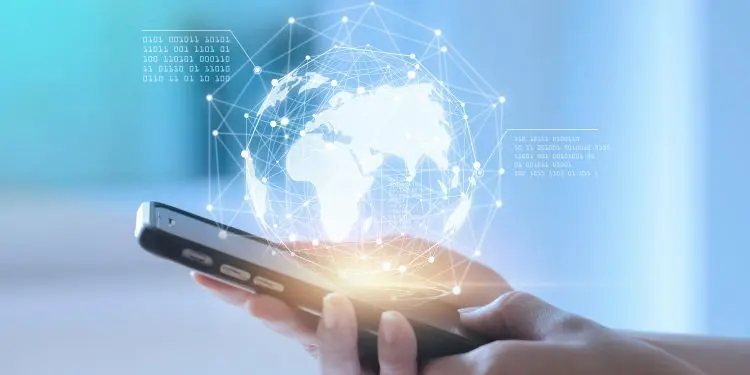We’ve all heard the story: someone at work or on a podcast shares how they—or perhaps a friend, or a friend of a friend—forgot their wallet at home one morning yet managed to navigate the day, buying lunch, commuting, and making purchases, all with just their phone. The moral is clear: the world is filled with digitally native consumers who are so immersed in the modern world that they no longer rely on physical payment methods. If merchants don’t meet them where they are, these consumers will take their business elsewhere.
Research suggests that consumers are growing more confident in making purchases without physical payment methods. But a world where only a mobile device is needed for all transactions is still a long way off. A study from Javelin Strategy & Research, Have You Been on a Digital-Only Carpet Ride?, looks at what it would take for this digital-only day to happen—and how far we are from it.
A Slow Shift
The first step is to understand that the physical wallet has become a metaphor for anything that carries credit cards, driver’s licenses, and similar items. Within the realm of payments, the key questions are: how many consumers have made the shift from digital-first to digital-only payments, and how many are likely to do so soon? And if they haven’t already, why not?
“I kept finding these fake-sounding surveys, and I just don’t believe 76% of all consumers are using a digital wallet,” said Christopher Miller, Lead Analyst for Emerging Payments at Javelin Strategy & Research and a co-author of the study. “We are overstating the sense of how normal this is. This report was to put our marker in the sand and establish that there are stages to digital wallet usage. And we’re nowhere near the end.”
Digital wallets and online payments have been encroaching on physical payments and wallets for the past 30 years. While this progress has been slow and uneven, it has remained steady. For example, coins and coin purses have nearly vanished from the typical American’s pocket, payphones have all but disappeared, and tolls and vending machines have shifted almost entirely to transponder or pay-by-mail operations. Yet, every time consumers are asked about their preferences, cash reminds us that the rumors of its demise have been greatly exaggerated.
The 2024 North American PaymentInsights Emerging Payments Survey reinforced the persistence of cash usage: 93% of 18- to 24-year-olds have used cash in the past year, with 55% doing so in the previous seven days. Perhaps even more noteworthy is that these figures do not vary substantially across age groups. In fact, 18- to 24-year-olds exhibit higher cash usage rates than 55- to 64-year-olds.
This suggests that the mythical cohort of digital-only users is not emerging even among the youngest generation, who have grown up in a digital-first environment.
“It’s not old people versus young people or the rich versus the poor,” said Miller. “This is consistent across the board.”
Multiple Purposes
Cash is not the only reason physical wallets have been a tougher nut to crack than coins. A physical wallet holds more than just payment tools such as cash and cards; it also carries business cards, reward punch cards, identification, insurance cards, and hotel keys. Each of these has its own digitization process with unique adoption and acceptance curves. Many of these items have gradually found homes in digital wallets, just as payment methods have.
“There’s a whole range of things in most people’s wallets,” Miller said. “If they use any of these items and encounter any kind of challenge with going digital-only, they would say ‘Why should I bother?’”
The number of people who are willing to go digital-only is around 1% to 2%. Across age, gender, education, region, employment type, and banking habits, the same percentage shows up. While the percentage is small, it does mean that payment platforms would do well to offer digital capabilities.
“If you don’t offer it, someone is likely not to buy from you, even if that’s only 1% to 2% of all consumers,” he said. “Because it’s clearly the direction where things are likely to move.”
Miller categorizes the common usage of digital methods into three groups. “Digital-first” is steadily growing, as is “digital-optional,” but we haven’t even truly entered the phase of “digital only” yet.
Exploring the Possible
It is possible to disconnect a house from the grid and run it off a battery backup from a phone. While these things are technically feasible, people don’t adopt them as habits because the necessary infrastructure is not in place to support them.
“When we talk about what is possible, yes, it is possible that 1% to 2% of people do it,” Miller said. “And lots of people have a one-time experience because they forgot their wallet. But none of these people are like, ‘Yeah, I should do that tomorrow. And the next day. And the next day.’ None of it’s there.”

